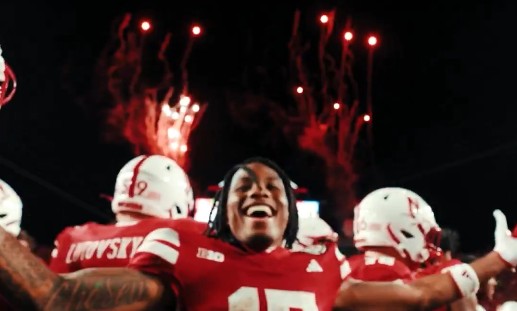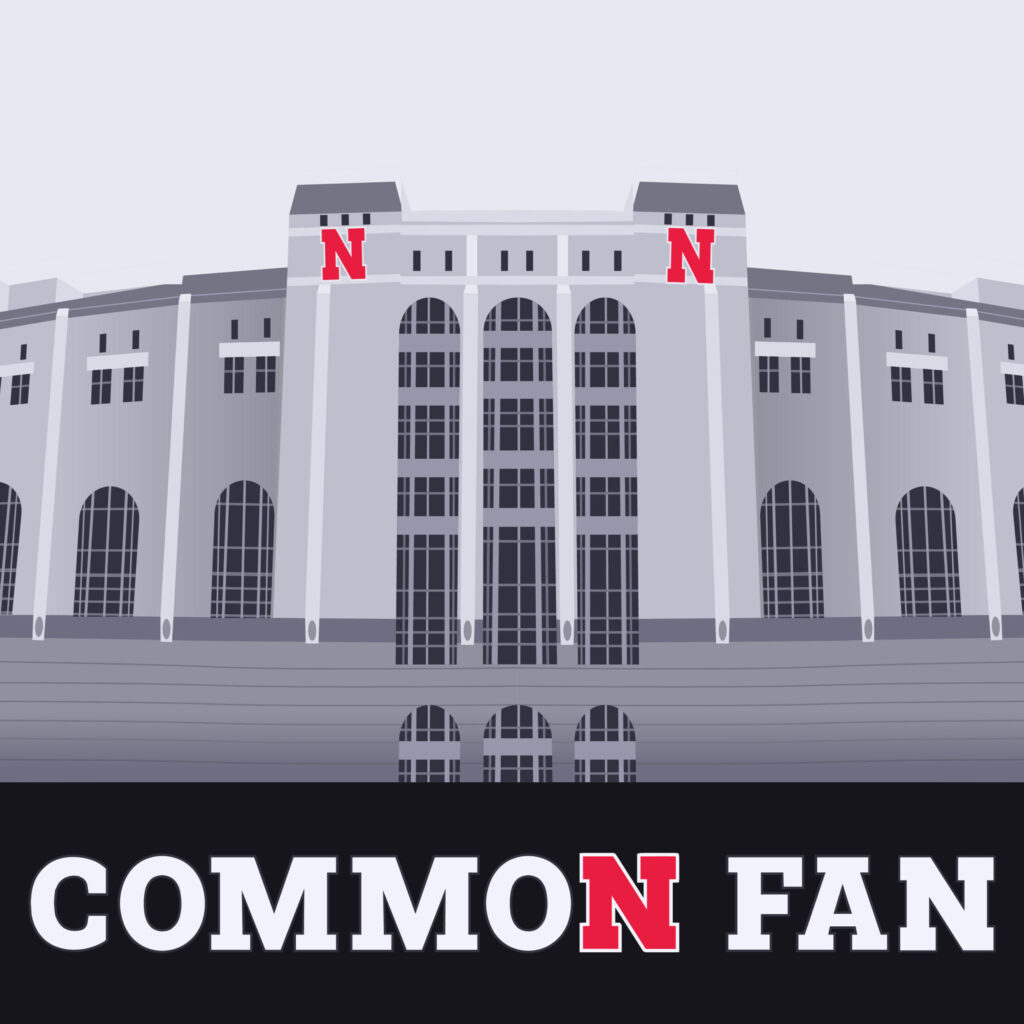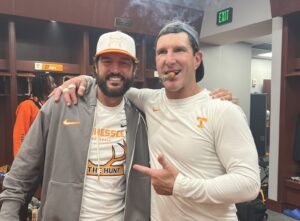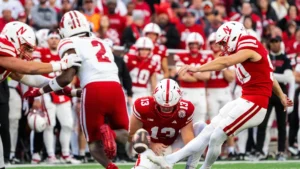
Nebraska Football
Can I be honest about something? The spring game has never been something I’ve gotten overly excited about. Don’t get me wrong, I love anything and everything related to Husker football. During spring practice, I read every practice report, coach interview, and player profile I can find. During the long offseason, I find myself hankering for Husker football content on a regular basis.
But as far as the spring game goes, it’s always been hard for me to get too invested in it. It’s a scrimmage; the play calling is usually pretty vanilla; and you’re always worried about key players getting injured. Plus, there’s just something about watching a game in Memorial Stadium that isn’t a real game. It’s like going to a buffet and looking at the food without eating it. Nothing can replace Saturdays in the fall.
Having said all of that, I couldn’t help feeling sad when Matt Rhule recently stated Nebraska would likely not play a spring game this year.
However much the game may or may not move the needle for some Husker fans, it’s still part of the fabric of Nebraska football. As we recently discussed on the Common Fan Podcast, it’s still a source of pride to see the greatest fan base on planet earth fill up Memorial Stadium for a scrimmage. It’s about the tradition, the gathering, tailgating with friends, seeing former players on the sidelines, and getting that first taste of who might emerge as the next big thing. It’s about hope, and it’s an indicator that the season isn’t too far away. It’s about parents bringing their kids to see the Huskers play for the first time. It’s a way for fans—especially those who can’t make it to a regular season game—to be part of the Husker experience.
And of course, the spring game has been the scene for some iconic and meaningful moments in Nebraska football history, none greater than Jack Hoffman’s touchdown run.
And now, it’s gone. At least for this year.
“I highly doubt (there will be a spring game),” Rhule said. “I hate to say it like this, it’s really because last year we were one of the more televised spring games and I dealt with a lot of people offering our players a lot of opportunities after that. That doesn’t make a lot of sense to me. The word ‘tampering’ doesn’t exist anymore. It’s just absolute free, open market and so I don’t necessarily want to open up to the outside world.”
Clearly the decision was not based on some lack of consideration for the fans. Rhule has his finger on the pulse of the fan base as much as any head coach of the post-Osborne era. But it’s hard to argue with his reasoning, which is sadly a byproduct of the new landscape of college football.

The reality is that Rhule doesn’t want to put his players on display for other programs to poach. In this new era of NIL money and a completely open transfer portal, a spring game isn’t just a fun scrimmage for the fans anymore—it’s a scouting opportunity for opposing coaches. It’s hard to blame him for not wanting to put his roster in that position again.
I’ve kept an open mind about the changes in college football. The sport generates billions of dollars in revenue each year; of course the players putting their bodies on the line deserve to get their slice of the pie. And with the new era transfer portal, a player can transfer an unlimited number of times with zero consequences. That isn’t all bad; who among us would want to stay in a job situation we didn’t like, especially if there were other opportunities available? But right now it’s a free-for-all. The new system has created a Wild West landscape where all the incentives are aligned toward chasing the best deal, not developing as a player or building a program.
There has to be a balance where we can embrace some of these new changes while also putting guardrails in place. Even in professional sports, a player can try to get the best deal for themselves and sign with a new team in free agency, but there’s a contract involved. There’s a system in place that governs how players get paid. Right now in college football, the players have all the leverage. There is no transparency and hardly any rules. Something has to change.
Overall, I’m still an optimist. College football is as popular as ever. There will never be a day where I don’t get butterflies watching the helmets with the red N’s run out of the tunnel. The changes taking place don’t make it less meaningful for the fan base and indeed, for the entire state.
But at some point, you have to ask: What does the sport look like five years from now? Ten years from now? How much will it still resemble the game we fell in love with? The powers that be need to act like the powers that be. The system needs more structure, more leadership, and more clarity, so that it still benefits players but we also don’t lose what makes college football great.
Because at the end of the day, Nebraska football belongs to its fans. And the more barriers there are between them and their team, the more the sport loses what makes it special.




